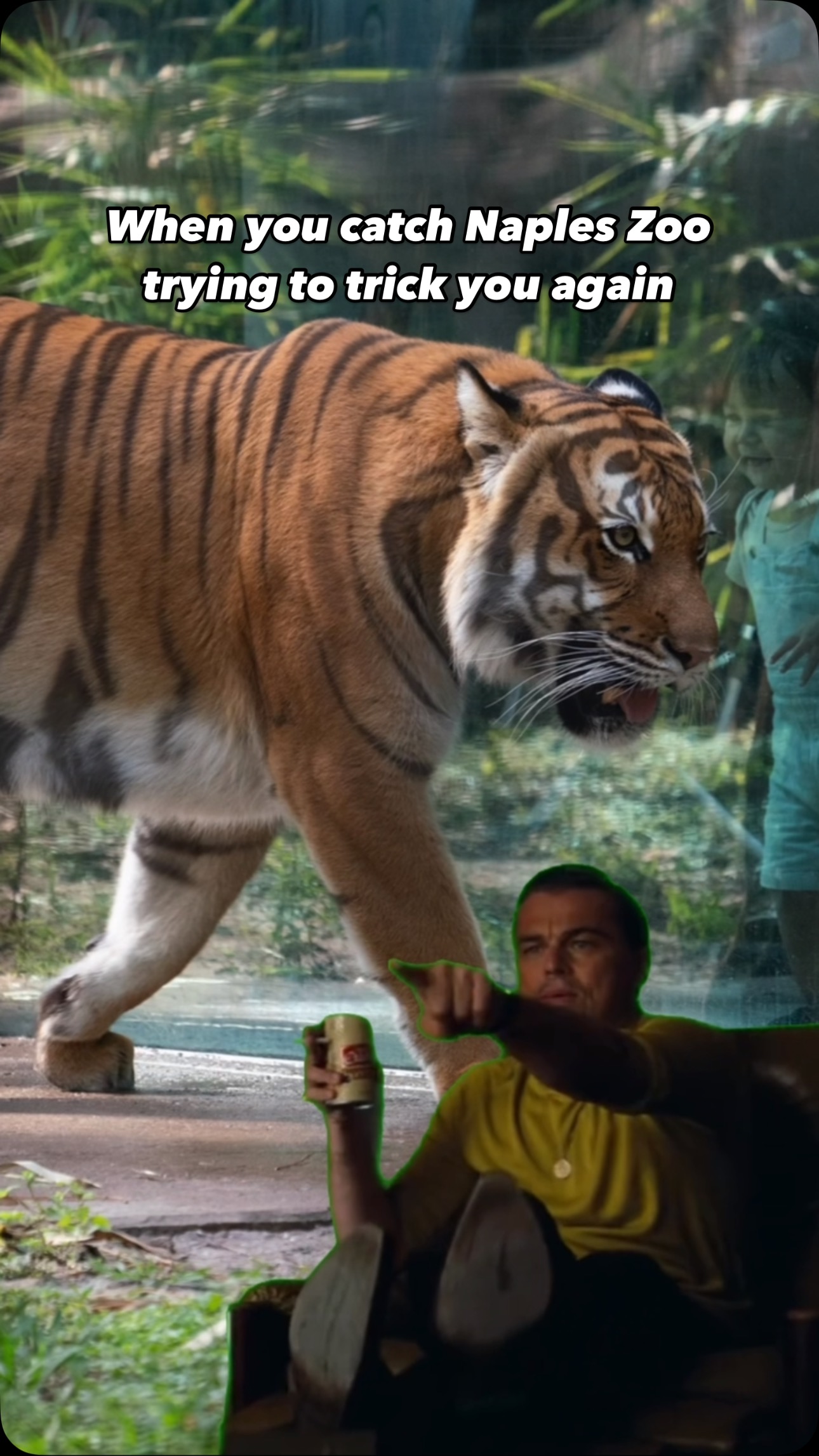- Exploration of the significance behind Namoh the tiger and the playful social media engagement surrounding his "lost stripes."
- Overview of reproductive strategies, adaptation, and evolutionary biology within the tiger species.
- Insights into effective zoo management practices aimed at wildlife care and visitor engagement.
- Examination of wildlife conservation efforts, focusing on the tiger’s ecological role and initiatives that support its survival.
- Review of the impact of environmental awareness campaigns and community involvement in conservation work.
The tale of Namoh, the tiger that supposedly lost his stripes, brings to the forefront an engaging case of wildlife interpretation. This creative endeavor illuminates a significant aspect of modern zoo management—using humor and intrigue to enhance educational outreach on social media. Namoh’s fictitious stripe-loss story was crafted to captivate audiences, drawing attention to the ongoing roles of zoos in wildlife conservation and education.
Understanding tigers in the natural environment involves examining their reproductive strategies and adaptations, which are crucial for their survival. Tigers, scientifically known as Panthera tigris, exhibit complex behaviors related to their mate selection, territory establishment, and cub rearing. These patterns are essential for maintaining genetic diversity and ensuring equitable resource distribution in their habitat. Female tigers command large territories, enabling them to secure prey resources and raise their young within a protected domain.
In the structured environment of a zoo, managing tigers requires an in-depth approach that addresses both physiological and psychological health. Zoos strive to provide environments that stimulate natural behaviors through enriched enclosures, offering puzzles and tasks that mimic hunting and exploration. The careful care provided by zoo professionals reflects the commitment to maintaining both the welfare of the animals and the educational value for visitors. The blend of artificial habitats with naturalistic features not only supports the resident animals’ livelihoods but also acts as a crucial educational tool for the public.
Efficient zoo management also involves comprehensive visitor engagement strategies. The Namoh’s stripe incident serves as an excellent example of leveraging humor and social intrigue via platforms such as Instagram to inspire curiosity and promote learning about wildlife. Such imaginative campaigns not only entertain but also help articulate scientific messages and conservation themes to broader audiences. Zoo visitors, whether virtual or physical, become part of a learning journey that transcends the barriers of traditional educational methods.
Conservation efforts remain paramount in sustaining tiger populations worldwide, given their status as an endangered species. Tigers hold a pivotal ecological role as apex predators, which regulates prey populations and maintains the health of their ecosystems. Conservation initiatives focus predominantly on habitat preservation, anti-poaching patrols, and fostering human-wildlife coexistence. Collaborative efforts between governmental agencies, non-profit organizations, and local communities enhance the reach and efficacy of these projects. Adopting advanced technology such as satellite tracking and genetic studies enhances our understanding of tiger movements and genetics, bolstering conservation strategies.
Environmental awareness campaigns further amplify these conservation efforts by bringing the public into the fold. By raising awareness about threats faced by tigers, such as habitat loss and illegal wildlife trade, these campaigns jump-start community involvement. Grassroots movements and digital campaigns can galvanize individuals, encouraging them to contribute to sustainability efforts and wildlife preservation. Enhancing environmental consciousness ensures a communal approach to stewardship where individuals recognize their contributions’ significance.
In sum, the playful depiction of Namoh’s artificial plight serves as an inspiration within the wider zoo ecosystem. It reflects an innovative method to promote understanding and generate enthusiasm for conservation efforts. By combining educational endeavors with creative storytelling, modern zoos and conservation entities can foster a connection between humans and wildlife, ultimately paving the way for a sustainable future for species like the tiger. The mix of elaborate animal care practices, public education, and proactive conservation strategies defines the essentials for not only preserving tigers in captivity and the wild but also enriching the natural environments they dominate.
*****
Source Description
Looks like we couldn’t fool you all this year! 🐅 As some of you already caught on, Namoh didn’t actually lose his stripes.


